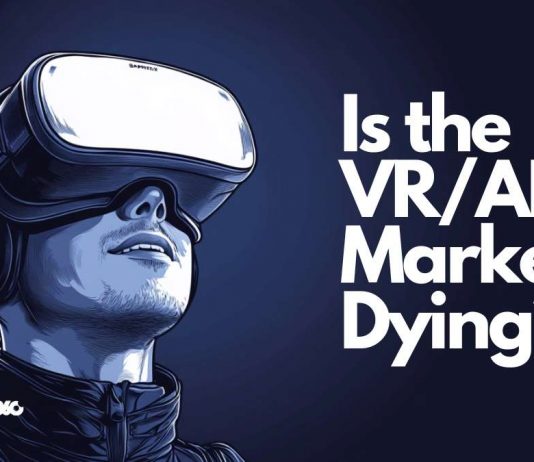- Despite its advanced technology, Apple’s Vision Pro has faced poor sales and high returns, highlighting the challenges in creating a market for VR/AR headsets.
- Meta has invested billions in VR/AR and the metaverse, but has yet to create an appealing environment for the mass market, showing the difficulties in establishing this new platform.
- Long-standing problems like heavy headsets, motion sickness, and the lack of compelling applications continue to hinder the widespread adoption of VR/AR technology.
Apple’s Vision Pro has had a tough beginning, marked by poor sales figures, increasing returns, and changed product policies. While the high starting price of nearly $4000 might be a significant factor, the larger issue at hand is the viability of the spatial computer concept through glasses. If Apple, with its vast resources and market influence, can’t establish a market for the spatial computer, it raises the question of whether anyone can.
There’s no doubt that the Apple Vision Pro is a remarkable piece of technology, standing as the best VR/AR headset available, even if Apple is reluctant to label it as a VR device. However, without meaningful use cases or a “killer app,” even the most advanced technology cannot secure a market foothold. Stunning visuals and impressive demos alone won’t suffice. The device risks being relegated to trade show booths and fair demonstrations, which is far from Apple’s intended market reach.
Meta’s Struggle with Oculus and the Metaverse
When Meta, then still Facebook, bought Oculus ten years ago, there was a murmur in the industry. On one hand, there was amazement at the company spending so much money on a small start-up. On the other hand, there was fascination, driven primarily by Mark Zuckerberg’s vision. He saw it as the next evolutionary stage of the Internet and its social platforms — moving away from the 2D Internet towards a 3D environment where people can meet directly across great distances — the metaverse. Zuckerberg associated virtual and augmented reality primarily with overcoming distances.
Zuckerberg’s second reason for buying Oculus was his desire to be at the forefront of the next big computing platform after mobile. He has long been frustrated that Meta is in the second row in the mobile world, lacking its own operating system and being dependent on Apple and Google.
Meta has now invested billions in the development of the Metaverse. Reality Labs, the division responsible for this, generated $353 million in revenue in the second quarter of this year but incurred a loss of $4.5 billion. Since its founding in 2019, Reality Labs has burned through almost $60 billion, excluding the investments made since the purchase of Oculus in 2014.
Despite these investments, the metaverse that Zuckerberg envisioned simply does not exist. In recent years, Meta has failed to build an environment that appeals to a mass market.
A Dying Market?
The start of the VR/AR market was quite promising. I’ve been enthusiastically observing this market since 2014 and extensively tested the first glasses for the mass market in 2016, including the HTC Vive, Oculus Rift, and PlayStation VR. The fascination was immense, and the fun was especially notable in the gaming area.
However, fundamental problems that existed back then remain unsolved today. The weight of the headsets, particularly uncomfortable in summer, is still an issue. Many people continue to experience motion sickness. Most importantly, there is still no compelling application that encourages users to regularly use these devices.
The Apple Vision Pro stands out as the top product among headsets, and the Meta Quest 3 also offers a good experience at a fraction of the price. But this discussion isn’t about the technical brilliance of these devices or the short-term fascination they provide. The crucial question remains: Why do I need this product? To date, there is no convincing answer.
If even Apple, with its proven track record of creating markets for new technologies, doesn’t have an answer, then no one else will either. Apple has a unique instinct for markets, hardware, design, and user habits, as demonstrated by the Macintosh, iPod, iPhone, iPad, and Apple Watch. With the Vision Pro, it seems that this instinct has faltered for the first time.


